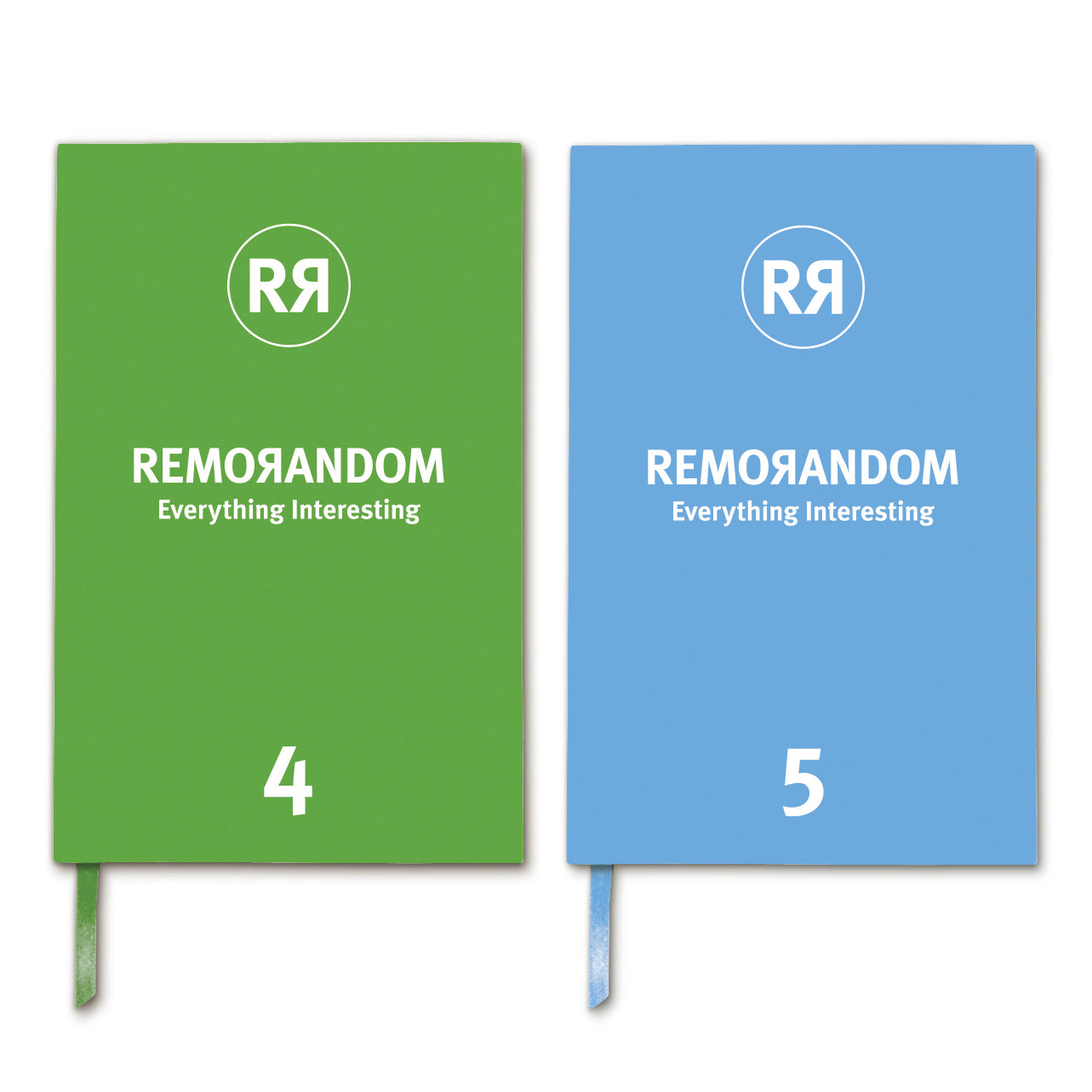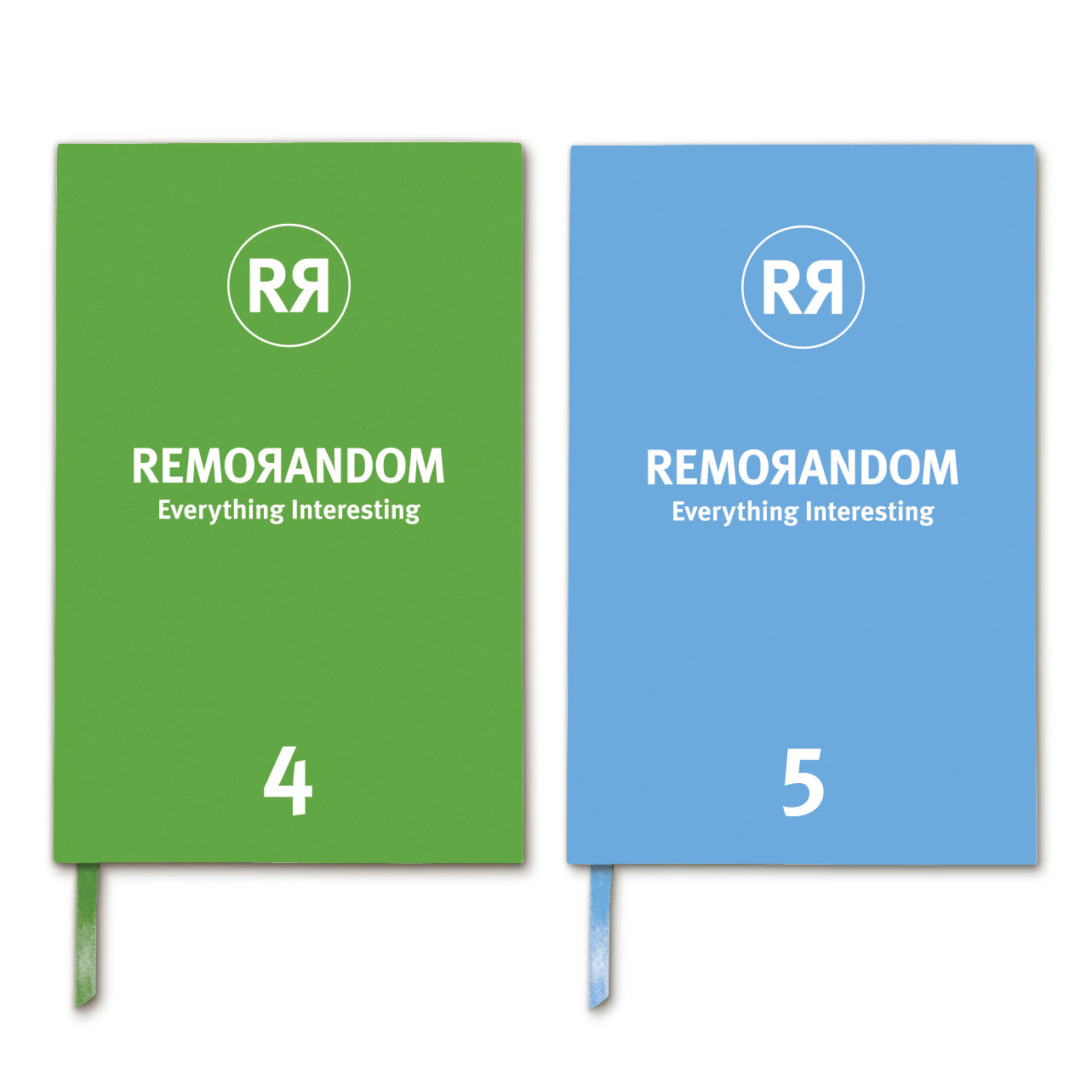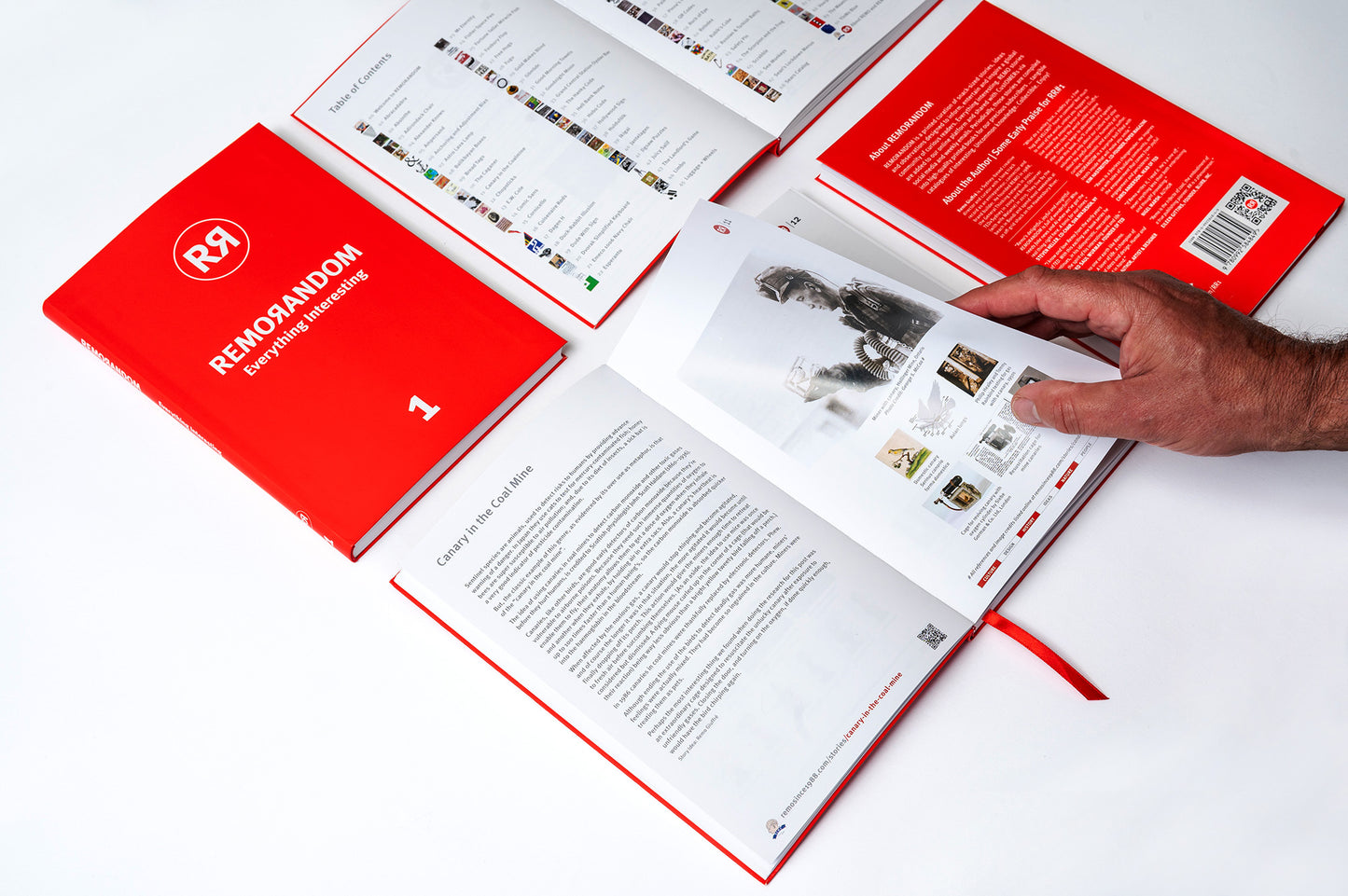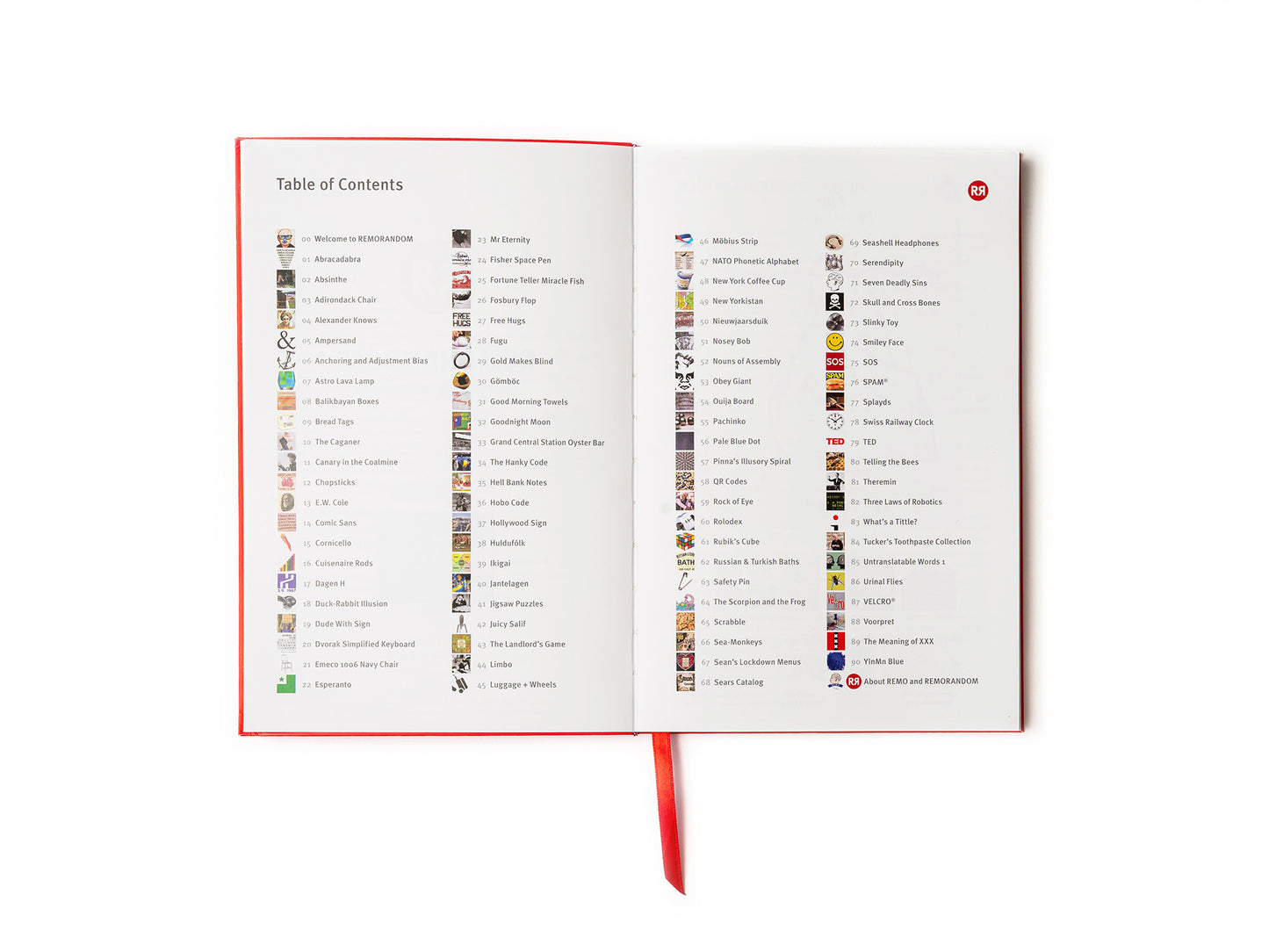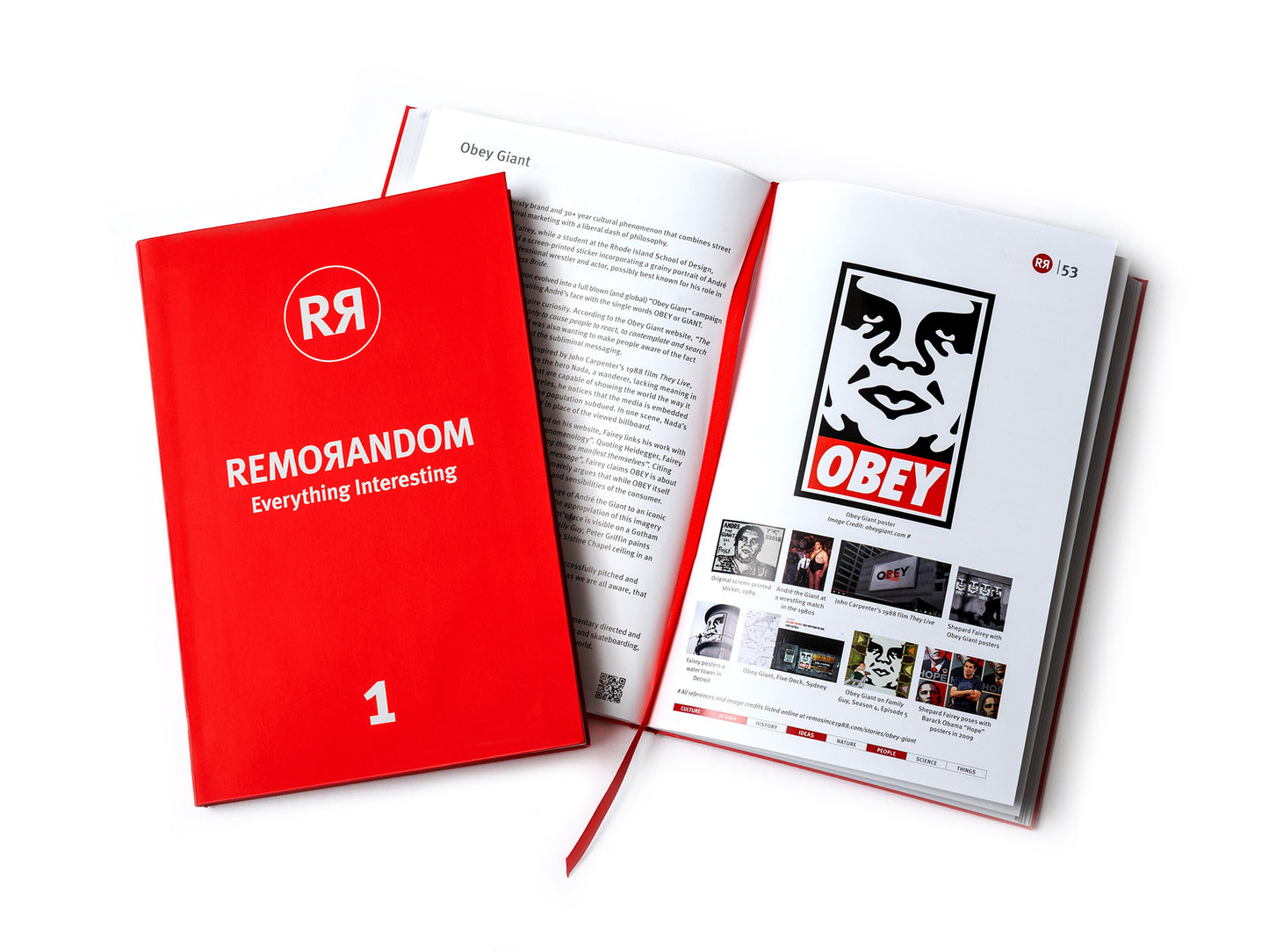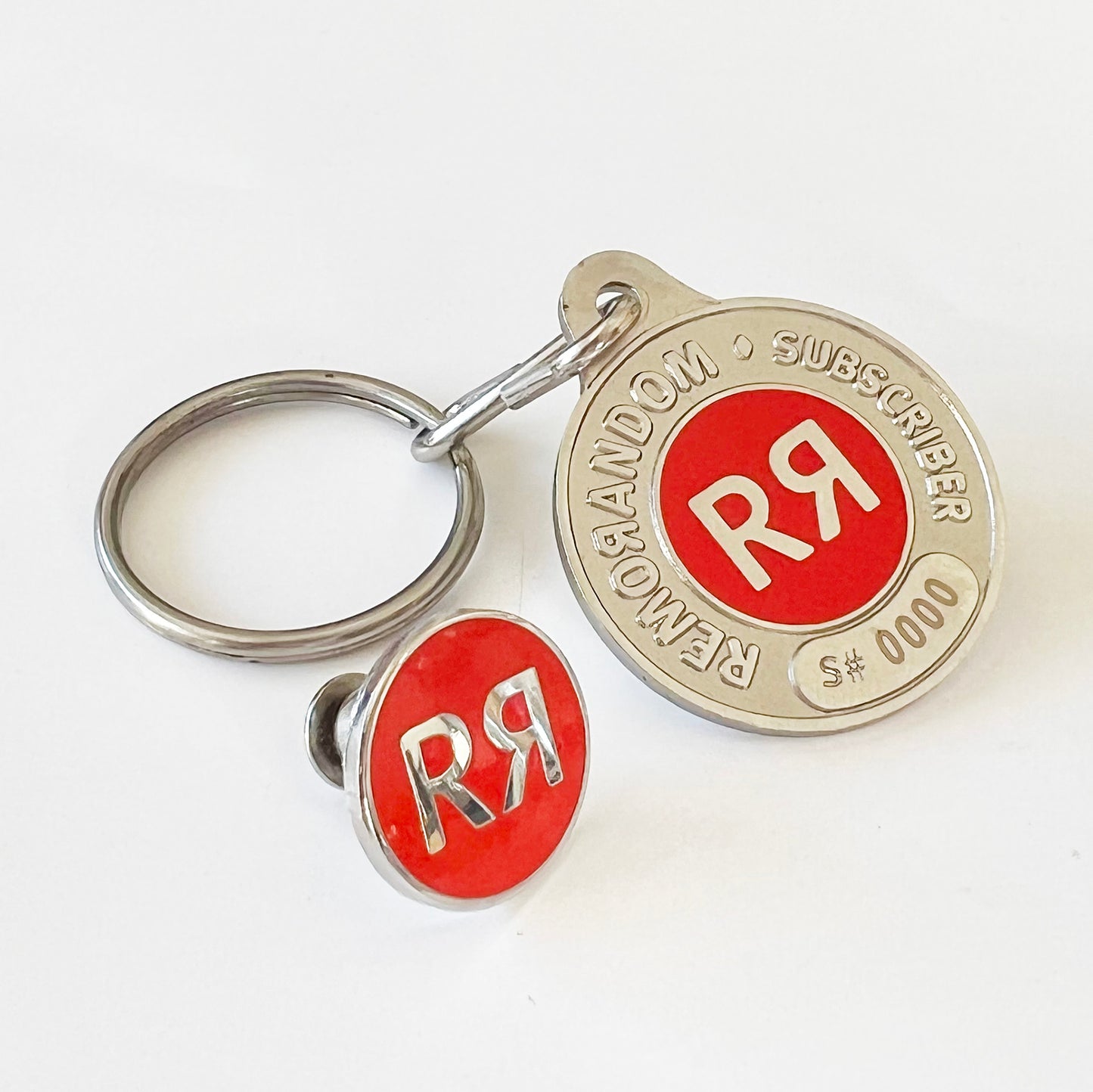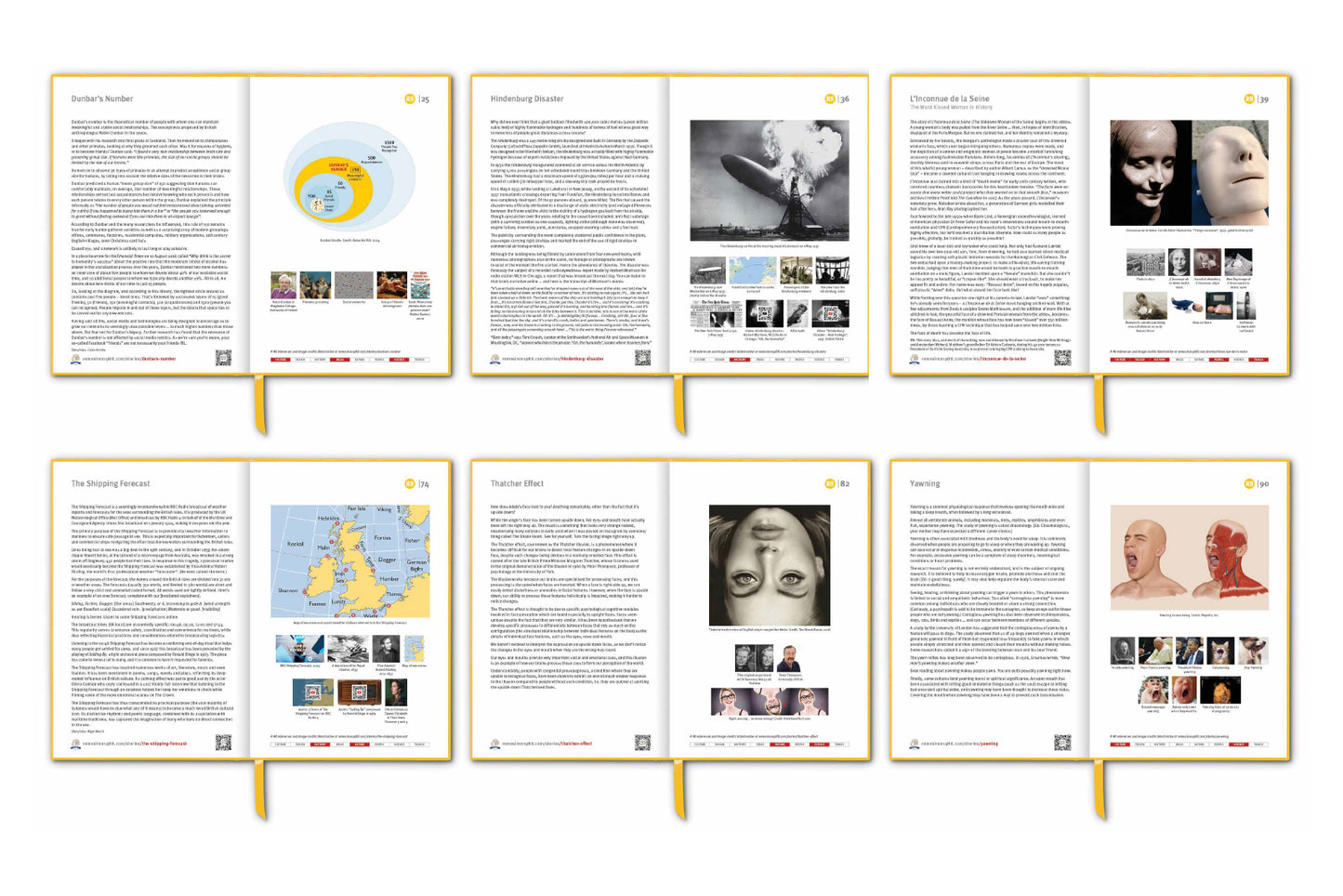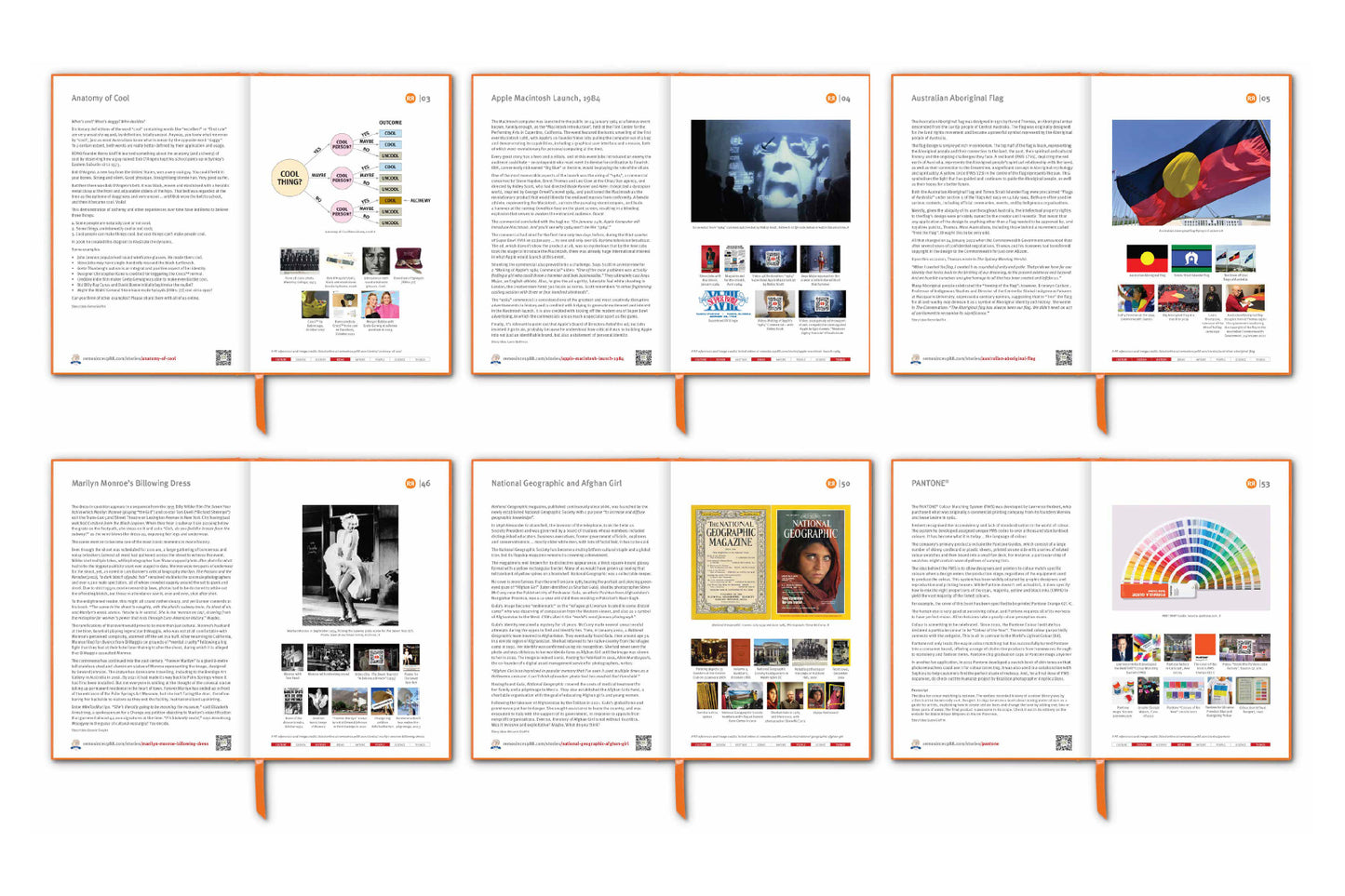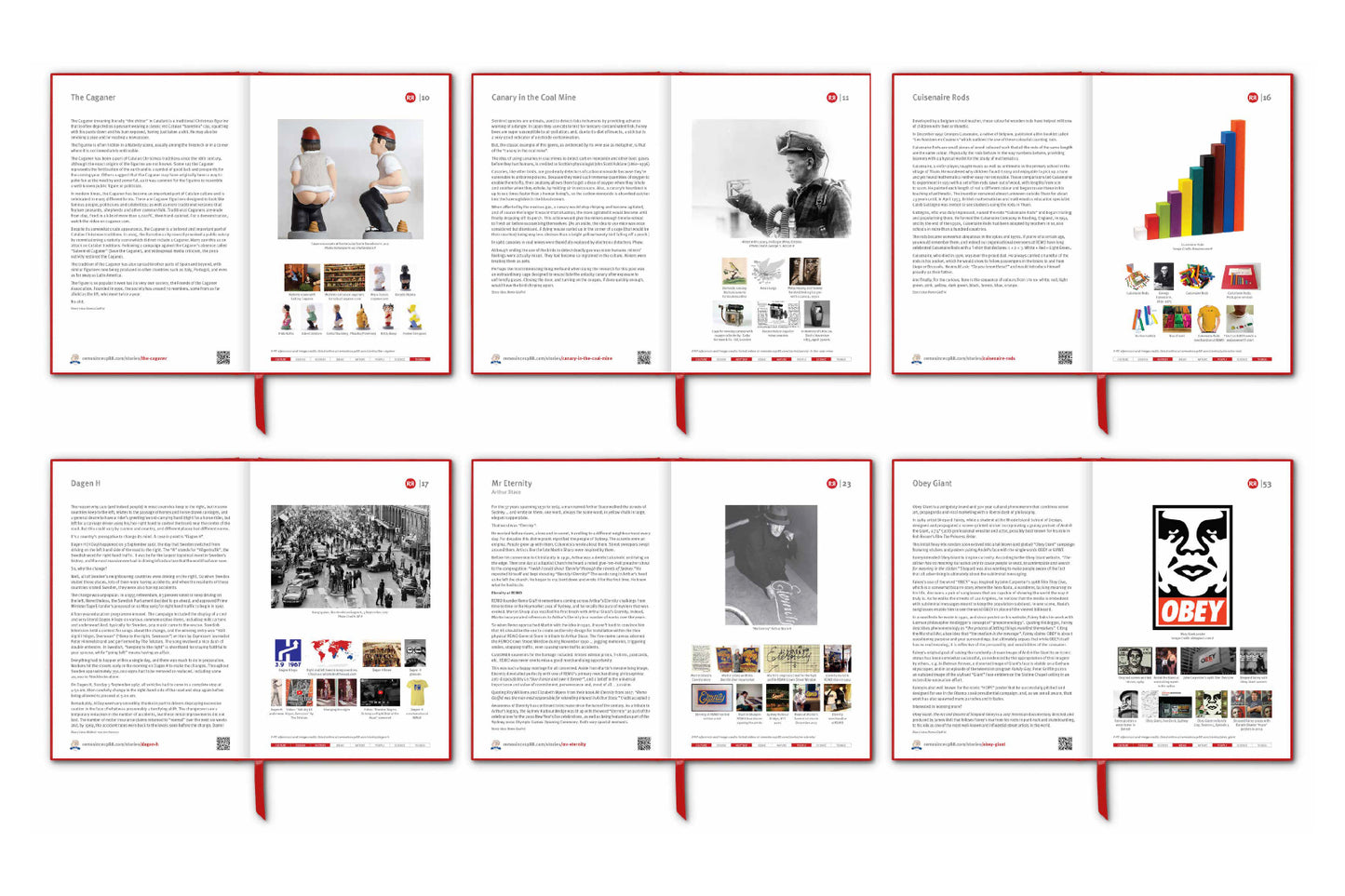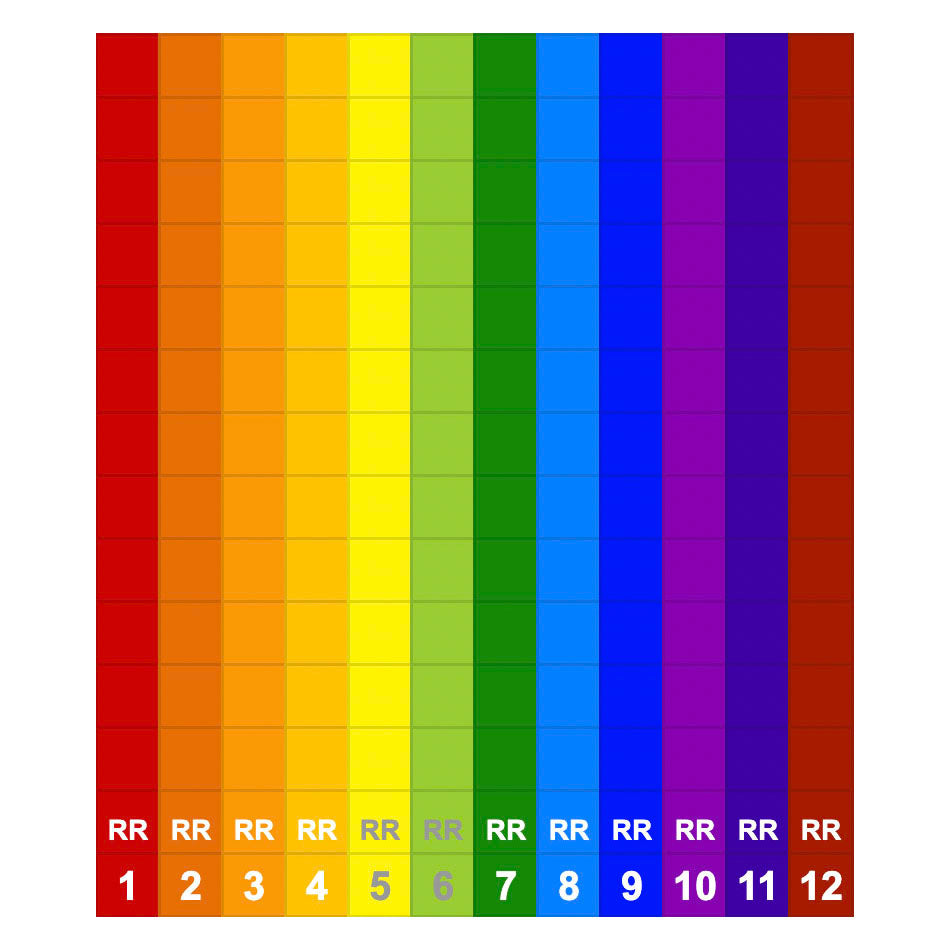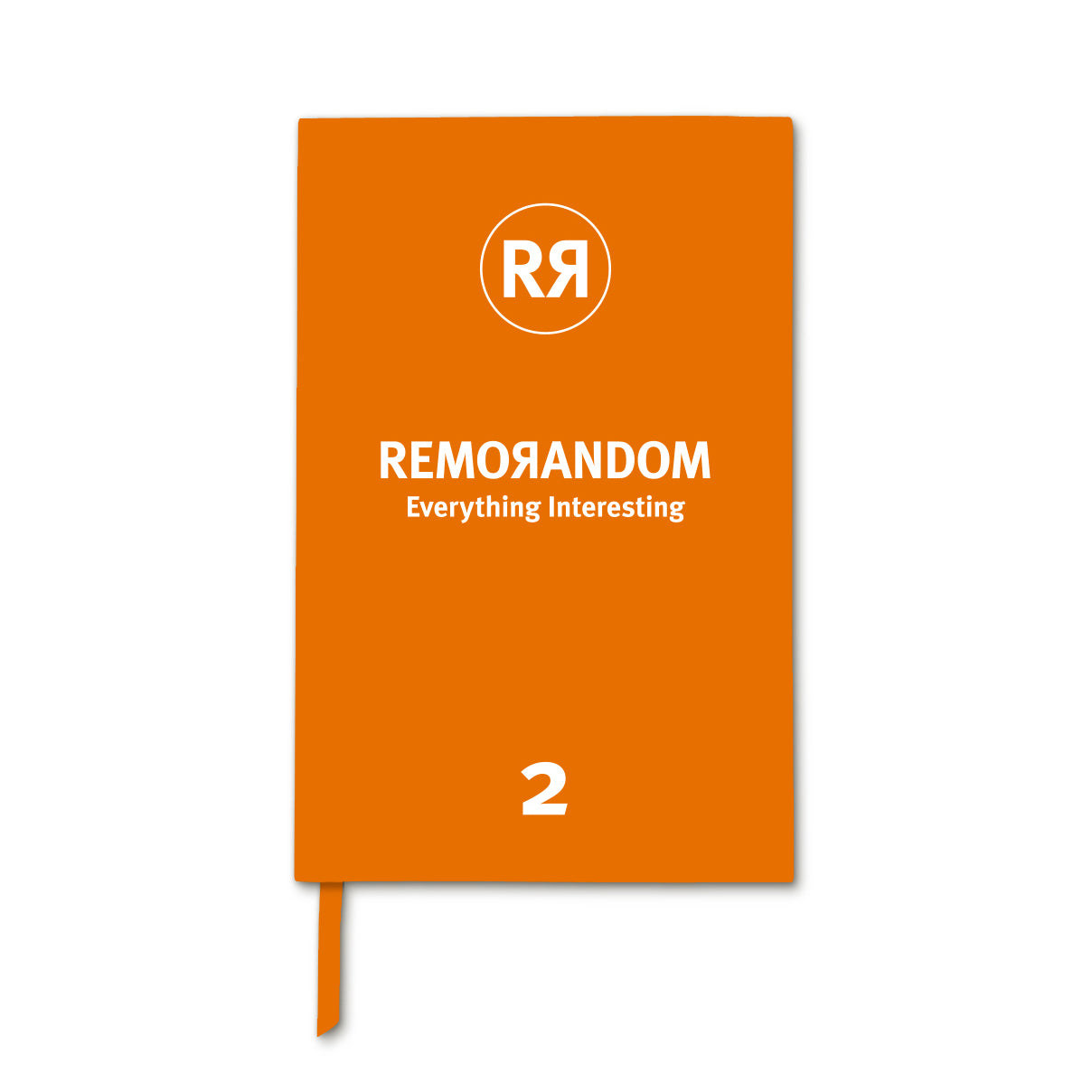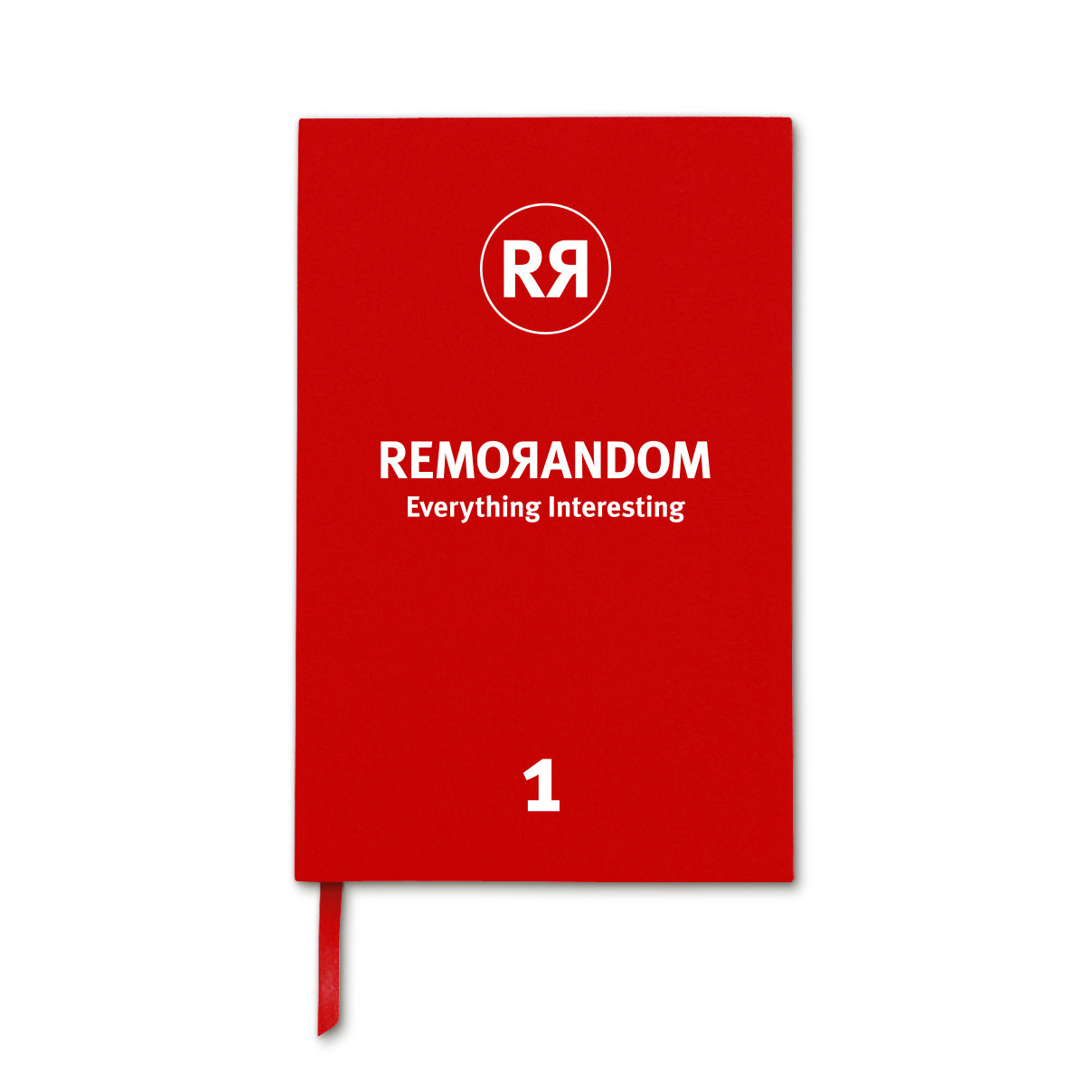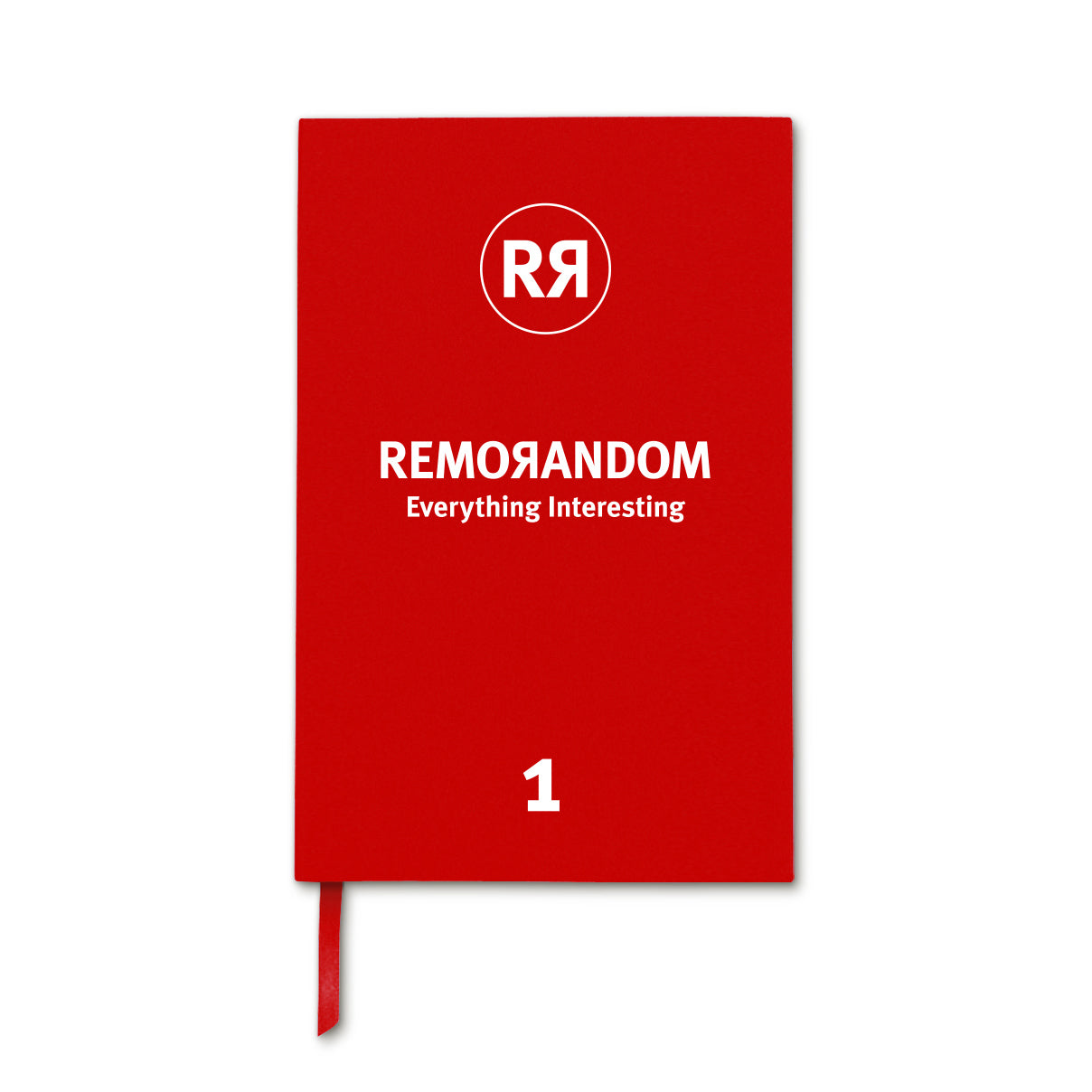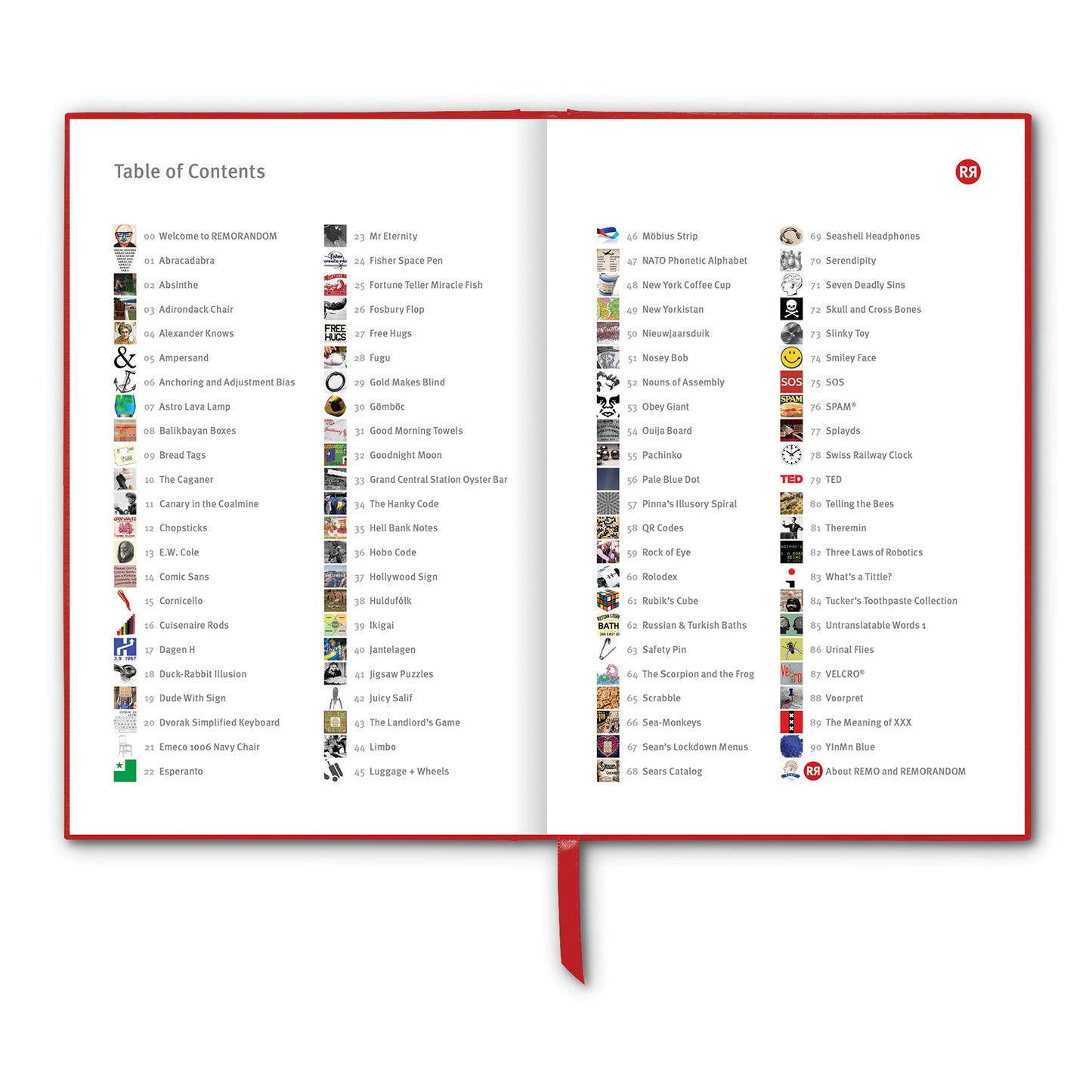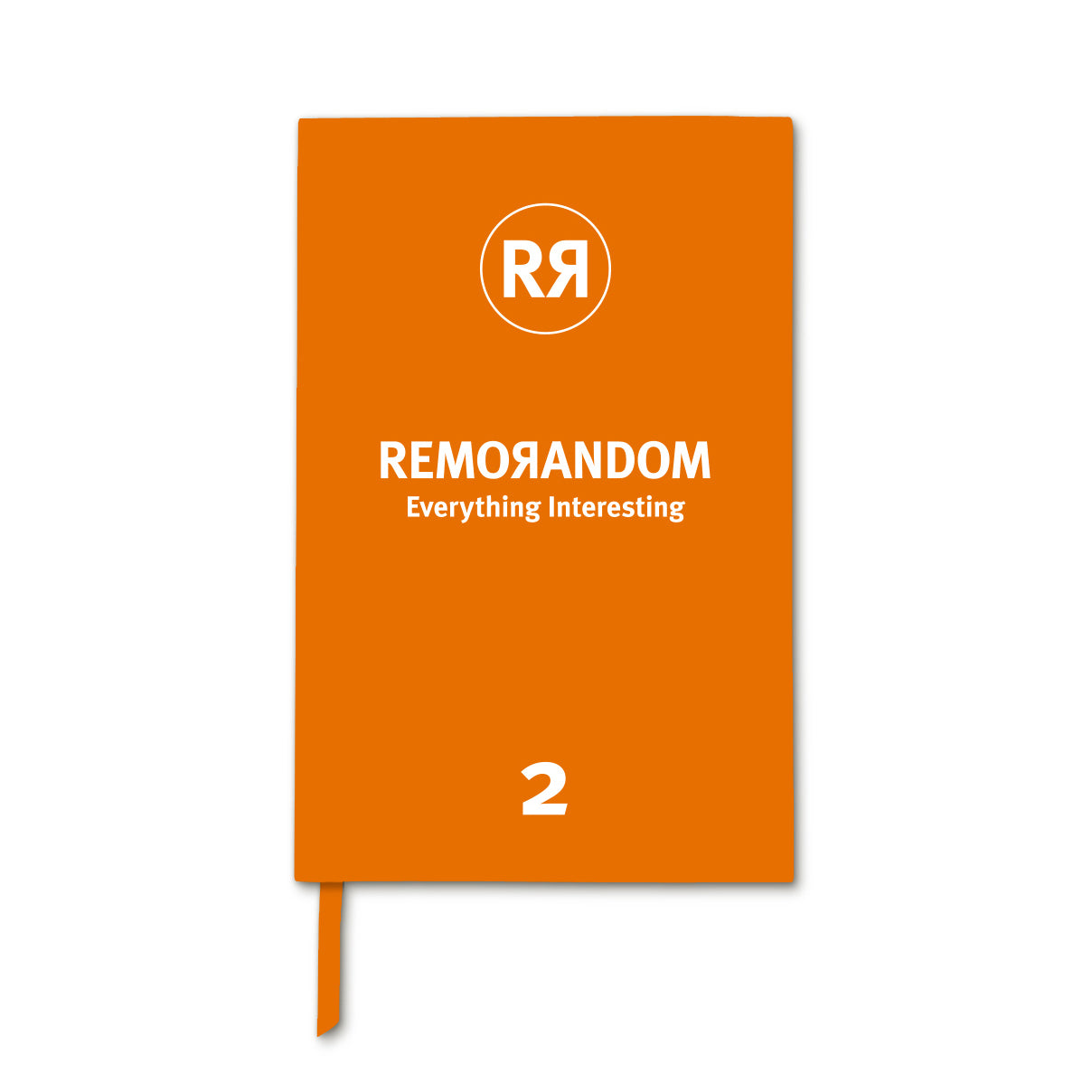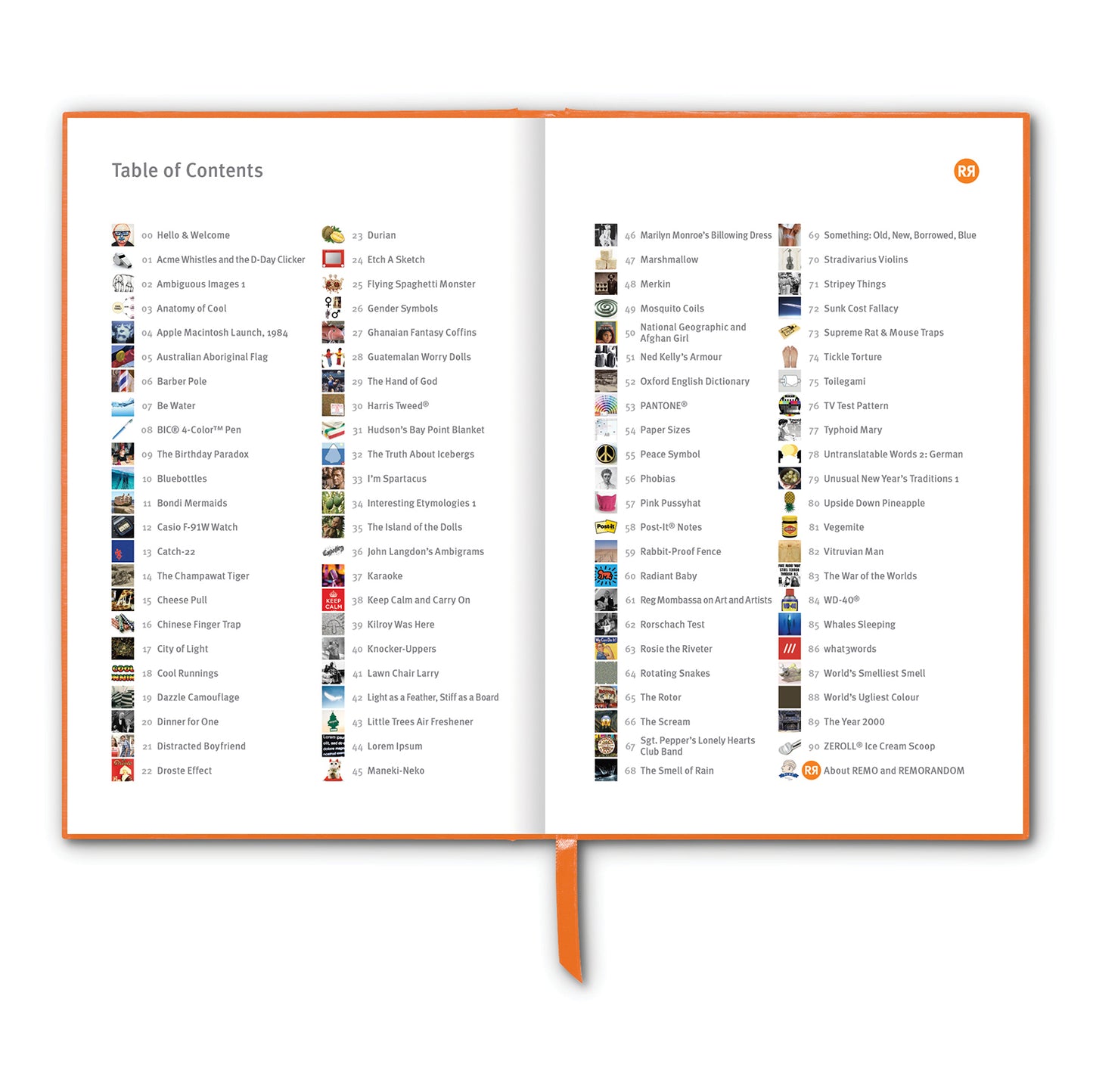"Catch-22" is a term that originated from Joseph Heller's satirical novel titled Catch-22, published in 1961. In the context of the book, a Catch-22 is a paradoxical situation in which an individual is trapped by contradictory rules or conditions. The term has since become a part of the English language and is used more broadly to describe any situation where a person is faced with contradictory or impossible choices.
In the book, the term is introduced by the character Doc Daneeka, an army psychiatrist, who invokes Catch-22 to explain why any pilot requesting mental evaluation for insanity, hoping to be found not sane enough to fly and thereby escape dangerous missions, demonstrates his own sanity in creating the request and thus cannot be declared insane.
Different formulations of Catch-22 illogicality and absurdity appear throughout the novel. The term is applied to various loopholes and quirks of the military system, always with the implication that rules are inaccessible to and slanted against those lower down in the hierarchy.
The generic term "Catch-22" has gained popular currency possibly because so many people in modern society are exposed to frustrating bureaucratic logic and situations where someone is in need of something that can only be had by not being in need of it, e.g. the only way to qualify for a loan is to prove to the bank that you do not actually need a loan.
Here are some other examples:
- You can’t get a job without experience, but you can’t get experience without a job.
- If you go back to work after having a baby, you’ll have to deal with prohibitively expensive childcare costs; but if you decide to stay home after having a baby, you won’t have the income to cover other everyday expenses.
- You need a car for employment. But, you need a job to afford to buy a car.
- It is often said that “It takes money to make money”, meaning that if you don’t have money to start with, you will never be able to make money.
- In quantum computing, you must observe a particle in order to determine its location. However, the very act of observation affects the quantum behaviour (and location) of particles.
- You lost your glasses, so you have to find them. To look for them, you need your glasses.
Having said this, it should be noted that Heller himself was dismissive of such mild examples of unfairness. For him, a true Catch-22 needed to be something that, in the words of interviewing Guardian journalist Mark Lawson “was perfectly, cruelly illogical, with life-or-death peril”.
Story Idea: Remo Giuffré
____________________________
References
wikipedia.org/wiki/Catch-22_(logic)
wikipedia.org/wiki/Catch-22
fidelandrada-writing.medium.com/catch-22-examples-96c46e1782bb
helpfulprofessor.com/catch-22-examples/
theguardian.com/books/2019/jun/20/george-clooney-joseph-heller-catch-22
Images
1. Figure from iconic Catch-22 book jacket design by Paul Bacon
2. A flowchart showing Joseph Heller's original Catch-22
3. Catch-22 by Joseph Heller, 1961
4. Heller at the Miami Book Fair International in 1986
5. Heller’s Handwritten Outline for Catch-22
6. Video: Catch-22 (1970) Trailer



